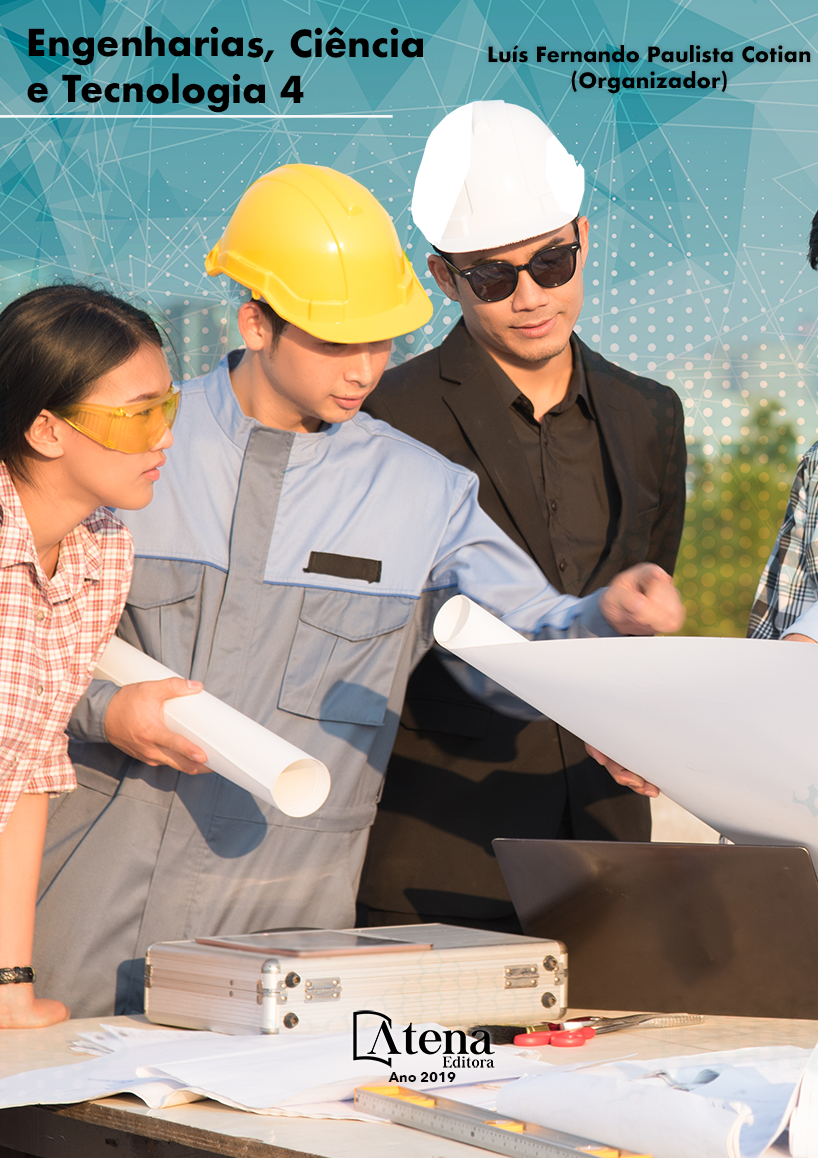
TEORIA NA PRÁTICA: SIMULAÇÃO COMPUTACIONAL DAS PRINCIPAIS PARTIDAS DA MÁQUINA DE INDUÇÃO.
Ao desenvolver o processo de
aprendizagem o conhecimento deve ser
construído de forma a racionalizar a observação
do fenômeno estudado em consonância com
as vivências e expectativas do indivíduo. A
modelagem de sistemas assume um papel
importante nesse processo sendo um auxilio
para compreensão dos fenômenos físicos
e as leis que o regem, pois a modelagem
permite a simulação de senários e formulação
de hipóteses. Nesse trabalho é apresentado
os resultados da simulação de um motor de
indução trifásico operando em regime de
partida. O motor é submetido à simulação das
principais chaves eletromagnéticas estudadas
nos cursos técnicos e de engenharia, nas áreas
de eletrotécnica e automação. Geralmente
durante a formação profissional esse conteúdo
é aplicado de forma bastante prática sendo
as aulas predominantemente em laboratório,
porém é importante que o estudante faça uma
abstração teórica dos fenômenos que envolvem
a dinâmica da partida do motor elétrico. O
modelo aqui apresentado mostrou-se eficiente
para ilustrar o comportamento da máquina,
sendo uma ferramenta para compreensão do
conteúdo. A proposta é que o estudante possa
observar os fenômenos resultantes das práticas
executadas no laboratório.
TEORIA NA PRÁTICA: SIMULAÇÃO COMPUTACIONAL DAS PRINCIPAIS PARTIDAS DA MÁQUINA DE INDUÇÃO.
-
DOI: 10.22533/at.ed.87219310123
-
Palavras-chave: acionamento de máquinas elétricas, dinâmica de sistemas, motor de indução.
-
Keywords: drive electric machines, dynamic systems, induction motor.
-
Abstract:
When developing the learning
process knowledge must be built in order to
rationalize the observation of the phenomenon
studied with the experiences and expectations
of the individual. The system modeling plays
an important role in this process is an aid to
understanding of physical phenomenons and
the laws that govern it, because the modeling
allows simulation senarios and hypothesizing.
In this work we present the results of simulation
of a three-phase induction machine operating
in starting. The engine is subjected to the
simulation of the main electromagnetic keys
studied in technical courses and engineering
in the areas of electrical engineering and
automation. Usually during training this content
is applied in a very practical way and the
lessons predominantly in the laboratory, but it is
important that the students make a theoretical
abstraction of phenomena involving the dynamics of the electric motor starting. The
model presented here proved efficient to illustrate the machine behavior, being a
tool for understanding the content. The proposal is that the student can observe the
phenomena resulting from the practices carried out in the laboratory.
-
Número de páginas: 15
- Murilo Miceno Frigo


